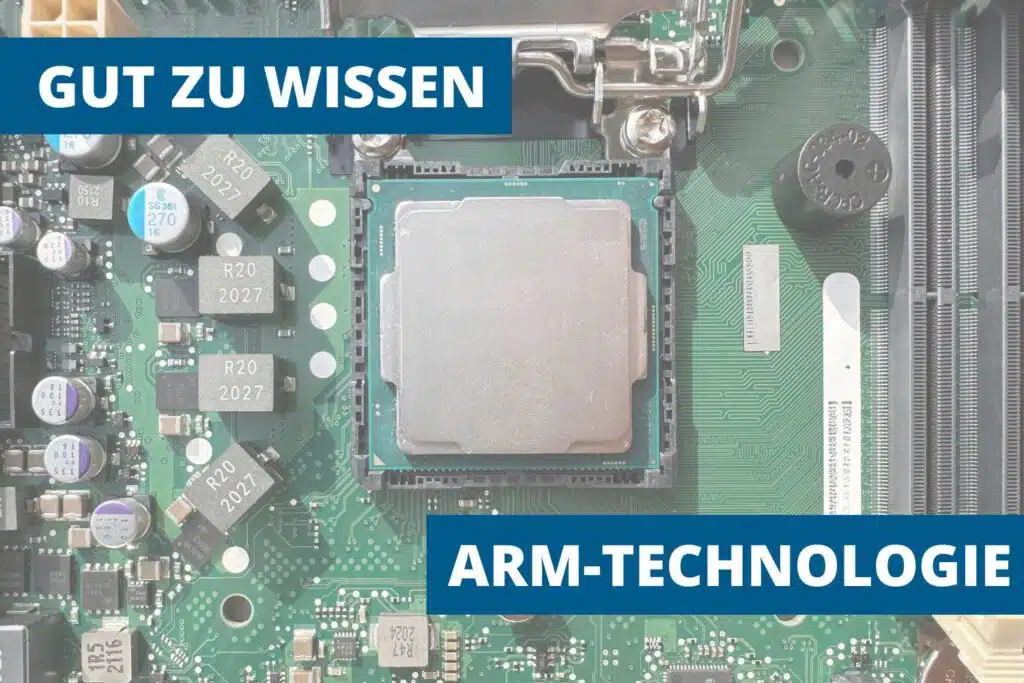27.08.2024

ARM is an architecture for microprocessors based on the RISC (Reduced Instruction Set Computing) principle. Since ARM processors work with a simplified instruction set architecture, they are more energy efficient compared to traditional CISC (Complex Instruction Set Computing) processors. ARM processors are designed to consume less power, making them ideal for mobile devices, embedded systems and IoT applications.
The functionality of the ARM architecture is based on a minimalist design approach in which only the most necessary instructions are implemented directly in the hardware. This allows the processor to work more efficiently, as fewer transistors* are required to perform tasks. Fewer transistors lead to lower power consumption and less waste heat, which makes the ARM architecture particularly attractive for devices that require a long battery life.
ARM processors use a pipeline architecture in which different stages of an instruction are processed simultaneously, enabling high speed with low energy consumption. In addition, these processors often have a modular design so that they can be adapted to the specific needs of a device, which further increases their flexibility and versatility.
*Transistors "serve as contactless switches and for the amplification and control of electrical signals." - conrad.de
The use of ARM processors in mini PCs and embedded systems has increased significantly in recent years. The use of ARM processors enables these devices to work efficiently and save power, making them ideal for the various application areas of Mini PCs.
Embedded systems are computers that are integrated into more complex systems and perform special tasks. Typical areas of use include machine control or IoT applications. ARM processors are perfect for such applications due to their flexibility, scalability and energy efficiency. They enable the continuous further development of embedded systems to perform even more complex tasks while remaining compact and energy-efficient.

Machines that know when they need to be serviced before anything breaks down. Sounds like a dream of...

Digital signage has long been much more than just static screens. In times of Industry 4.0, smart bu...

SCADA systems enable real-time monitoring and control of industrial processes and are central to Ind...
You need to load content from reCAPTCHA to submit the form. Please note that doing so will share data with third-party providers.
More Information